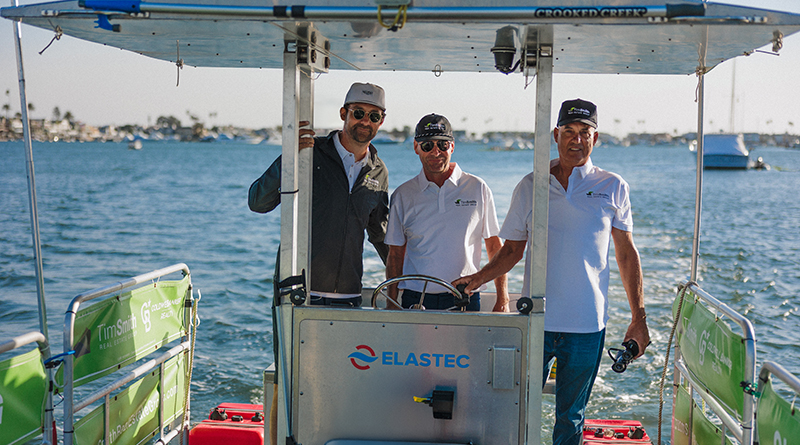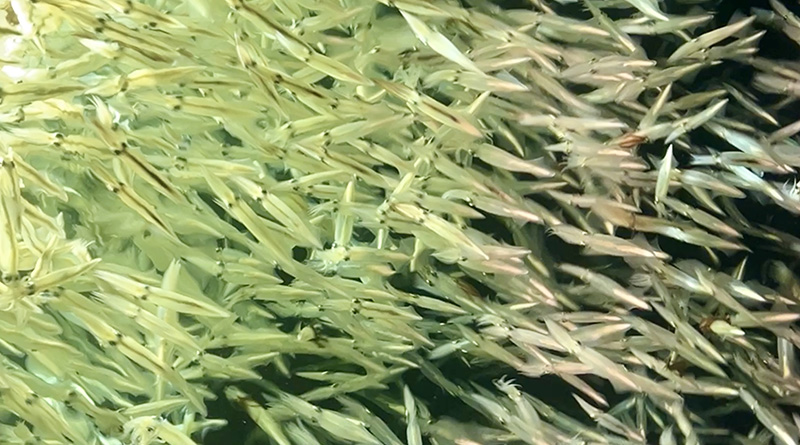LONG BEACH—A project that will bring 200 acres of kelp beds, eelgrass beds, and rocky reef habitats to 18 square miles in the East San Pedro Bay, offshore of Long Beach, has taken a step forward. The U.S. Army Corps of Engineers submitted a consistency determination to the California Coastal Commission and on Dec. 11 commissioners unanimously concurred with the determination. The consistency determination is the review process to assure all federal agency activities affecting the coastal zone are consistent with the enforceable policies of the state’s certified program.
The restoration project’s plans include constructing 24 rocky reefs totaling 122 acres, 12 which would be placed adjacent to the breakwater near existing kelp beds, and the other twelve kelp reefs would be placed in the open water zone off the eastern end of the breakwater. The Corps anticipates giant kelp would establish on the rocks through passive recruitment of propagules over time. The project aims to improve aquatic ecosystem structure and function for increased habitat biodiversity and ecosystem value within the East San Pedro Bay.
“Urbanization and development of the Port of Long Beach and Port of Los Angeles resulted in the extensive loss of estuarine habitat,” a staff report stated.
Members of the Recreational Boaters of California (RBOC) at the Dec. 11 meeting urged the plan to address boater concerns that the proposed kelp beds as currently planned would negatively impact navigation and safety in the project area. RBOC said in a released statement that the organization supports the concept of the project but felt kelp beds in the vicinity of the busy Alamitos Bay entrance would present serious hazards to many recreational boaters and fishermen.
“Kelp is not readily observable by sailors,” RBOC President Cleve Hardaker said at the Dec. 11 commission meeting. “Boats encountering kelp unexpectedly could be rendered disabled by kelp wrapping around propellers and stalling engines.”
RBOC also said in a released statement in extreme situations, thick kelp can become tightly wrapped around a propeller shaft and pull the shaft away from the transmission leaving a large hole in the hull.
Officials with the Corps said they will be engaging boater stakeholders in an effort to identify and minimize these concerns. As part of that effort, a virtual stakeholder session is tentatively planned for Jan. 19.
“There’s still specific design work to be done, several years of engagement with both agencies and community members and our anticipation is many of the issues that are raised by the boaters will be addressed during that phase,” Senior Environmental Scientist at the California Coastal Commission Kate Huckelbridge said at the Dec. 11 commission meeting.
Huckelbridge went on to say there’s not likely to be an elimination of potential impacts to boaters, but plans will include mitigation efforts.
“What they have proposed so far includes designing kelp in a way to include very clear pathways for boaters to go through areas of kelp, providing mapping so areas where kelp has been planted is very clearly laid out and similar mitigation measures to notify and be very clear where the kelp is to allow boaters to avoid as best they can,” Huckelbridge said.








